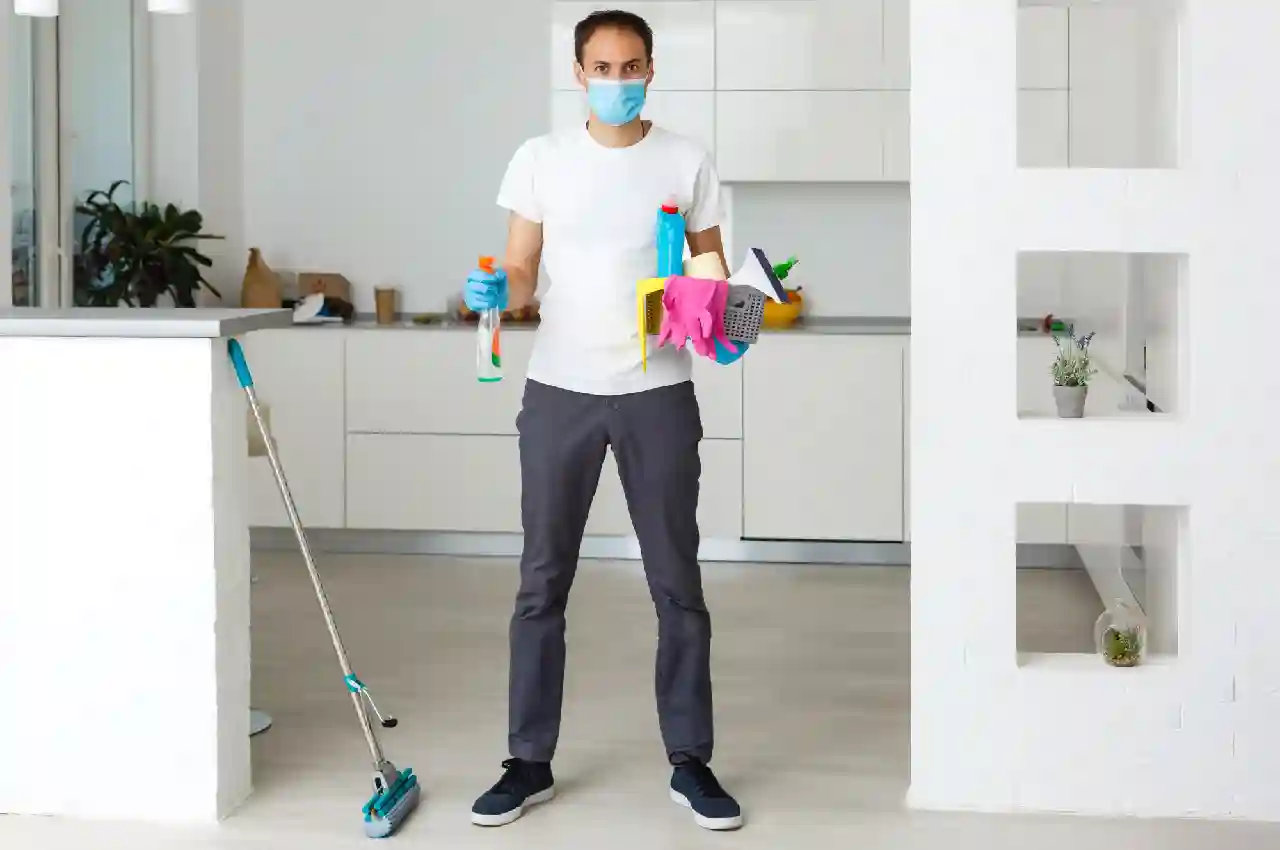Home Improvement
Hidden Dangers: The Lesser-Known Types of House Mold That Can Affect Your Health

We all know that a clean home is a healthy home. But what if something is lurking in the corners and crevices that you can’t see? While most people are familiar with common types of mold, such as black mold, there are lesser-known varieties that could be silently affecting your health.
In this blog post, we’ll explore the types of house mold, how they can impact you and your family, and what you can do to protect your home. By the end of this article, you’ll have a comprehensive understanding of the lesser-known types of mold in house, their effects on health, and practical steps to identify and eliminate these unwelcome guests.
What is Mold and Why Should You Care?
One kind of fungus that grows well in warm, humid conditions is mold. It spreads by way of microscopic spores that fly through the air and land on different surfaces in your house. Mold grows and spreads when it finds a favorable habitat.
The Lesser-Known Types of Mold
Now, let’s look at some of the lesser-known molds that could be affecting your health without you even realizing it.
Chaetomium
Chaetomium is often found in water-damaged buildings and has a cotton-like texture. It can cause skin infections and exacerbate existing respiratory conditions.
Chaetomium thrives in areas with prolonged water damage such as behind wallpaper, under carpets, and inside drywall. Its colonies appear fuzzy and can be white, gray, or greenish.
Exposure to Chaetomium can cause severe allergic reactions, including skin infections and respiratory issues. People with weakened immune systems are particularly vulnerable.
Fusarium
Fusarium is commonly found in soil and plants but can also invade your living space. Unlike other molds, Fusarium can grow in colder temperatures.
This mold can cause eye infections, skin conditions, and even nail fungus. Long-term exposure can lead to more severe health issues.
Ulocladium
Ulocladium is another mold commonly found in homes with water damage. It can grow alongside other molds such as Stachybotrys and Chaetomium.
Exposure to Ulocladium can result in allergic reactions, asthma attacks, and hay fever-like symptoms. It’s particularly harmful to individuals with pre-existing respiratory conditions.
The Impact of Mold on Health
The health effects of mold exposure can vary depending on the type of mold and individual sensitivities. However, some common symptoms include:
Respiratory Issues
Many molds release spores and toxins that can irritate the respiratory system. Symptoms can range from mild coughing to severe asthma attacks.
Allergic Reactions
Mold exposure can trigger allergic reactions such as sneezing, runny nose, and itchy eyes. In severe cases, it can lead to anaphylaxis.
Skin Irritations
Direct contact with mold can cause skin rashes, itching, and other dermatological issues. Some molds, like Fusarium, can even lead to fungal infections.
When to Call Professionals
While DIY methods can handle minor mold issues, severe infestations require professional intervention. If mold covers a large area or has penetrated deeply into walls, floors, or ceilings, it’s time to call in the experts.
If mold keeps returning despite your efforts, a mold specialist can identify underlying issues and provide long-term solutions; you may consult with certified mold removal in Madison, NJ.
Exploring the Types of House Mold
Mold may be out of sight, but it shouldn’t be out of mind. Understanding the lesser-known types of house mold and their health impacts is crucial for maintaining a safe and healthy home. By taking proactive steps to prevent, identify, and remove mold, you can protect your family from these hidden hazards.
For more helpful tips, check out the rest of our site today.
Having completed my education in English, I’ve cultivated a successful career as a content writer. My tenure includes valued collaborations with distinguished professional organizations, reflecting my commitment to producing high-quality content.
Contact me on this mail: [email protected]










